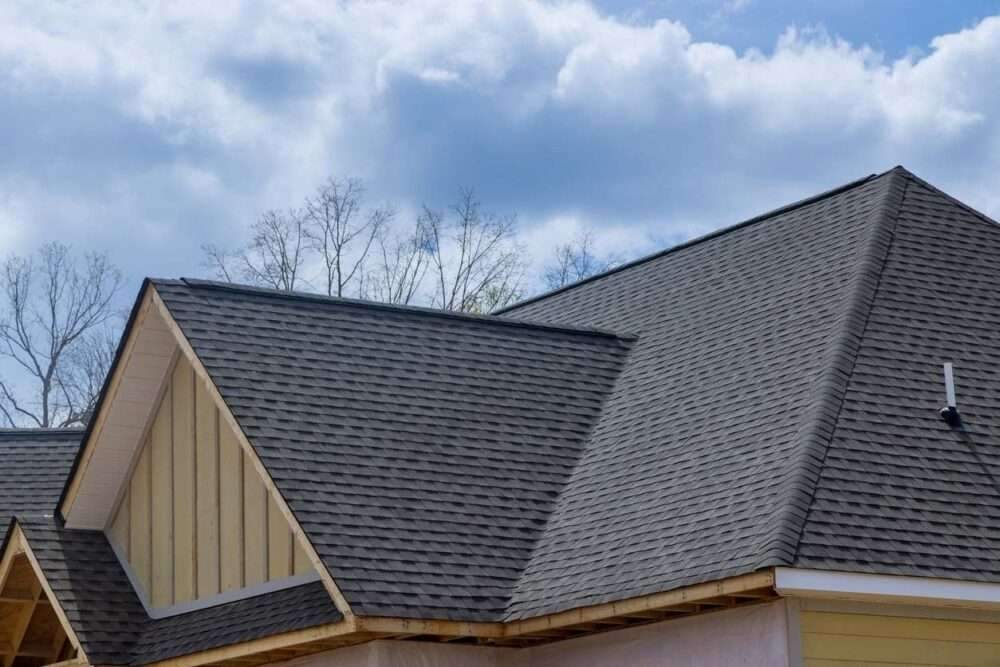When it comes to learning, the education sector has never looked so advanced.
Rapidly evolving technologies are not only affecting the way we learn, but also the environments in which we study.
And when you look at the education sector as a whole, it’s clear that children don’t just learn in the classroom.
Therefore, the design, renovation and refurbishment of today’s schools and universities is not only limited to an affordable work environment, but also brings flexibility to the building,
So that students and teachers alike can thrive creatively and engagingly.

adaptive learning. . . beyond the board
Changes in teaching and studying methods – away from the desk and on screen – have been reflected in spatial design.
And with critical thinking, communication, and collaboration in the 21st century, creating spaces that transition from transactional to transformational is essential for mindset and learning development.
For those embarking on a design project for a school or learning centre, it is about writing new chapters while preserving the building’s history and legacy.
such as blending the old with the new adaptive reuse, taking traditional classroom formats and combining them with collaborative and breakout spaces,
The incorporation of flexible furniture and fixtures, taking into account the factors of multi-purpose space and acoustic barriers, all of these are spaces that adapt to educational changes and students’ need for change.
Diversify classroom habits and adapt interior designs
Teachers are no longer bound to the front of the class, nor are students swerving in class.
Where different subjects require different media and use different techniques,
This means that the setting is reconfigured throughout the day, adapting to individual lessons.
Chairs, desks, tables, and benches must be sturdy and compatible to withstand regular change.
Also, one size does not fit all in school, something teachers have always known about but not always addressed.
However, with “different height and size” problems becoming more actively recognized, classrooms seek to provide students with more than one suitable chair and table,
those for the tallest and the shortest among us.
Facilitating collaborative and individual work is a major focus for educators,
so access to moving surfaces,
Which can be multipurpose and a makeover is a must.
For example, some activities are done in small groups, while others are done in the whole class,
Which means everyone needs to be able to move around easily – including furniture.
Certain classroom situations, such as exams, require a writing surface,
while others require just a tablet or laptop.
Thus, having a desk that folds away or has removable panel arms,
It is an ideal way to cover both bases without crowding the desk space.
Multi-purpose rooms are essential as many teachers now teach in corneal learning teams,
One space may also accommodate a drama group, a piano recital, and a sports meeting in one day.
The flexible interior layout including partition allows for alternation and mixing.

Focal Point… Flexibility in Modern School Libraries
Designing a library space that encourages students to gain information from books and technology
as well as from listening to the stories and perspectives of others is essential to learning and creative development.
Because the library is widely used, its physical space should seamlessly combine traditional
literature with e-learning facilities.
It provides a platform for sensory experiences.
University interior design
Modern interior design is more than just decoration, it has a great impact on the state of mind
and well-being of the people who live in that space.
Modern interior design can be used to improve academic performance,
increase motivation, and improve student concentration levels.

The effect of modern interior design on academic performance
In the modern world, interior design has a significant impact on academic performance.
The environment students are exposed to affects their performance in school.
A study was conducted to see if interior design affects academic performance.
The students were asked to take an exam in the exam room designed by an interior designer or in the exam room designed by someone else.
They found that students who took the test in a modern test room scored significantly higher than those who took the test in a traditional test room.
While this study showed that there is a positive correlation between modern interior design and academic achievement.
It has been proven that modern test rooms improve student performance as they provide a learning environment that is conducive to learning.
Modern test rooms tend to be bright and open with minimal distractions such as furniture and decorations.
They also tend to include features such as whiteboards
and projectors that allow students to interact with each other during exams more easily than in traditional exam rooms.
Where only one person at a time can be seen by all the other students in the room at any given moment.
For more architectural news
Smart home design using modern materials









